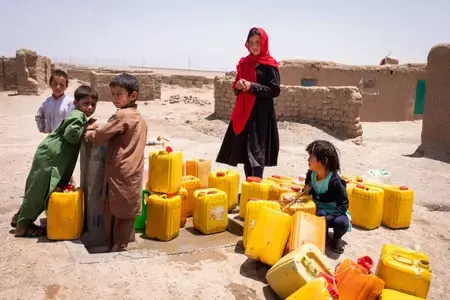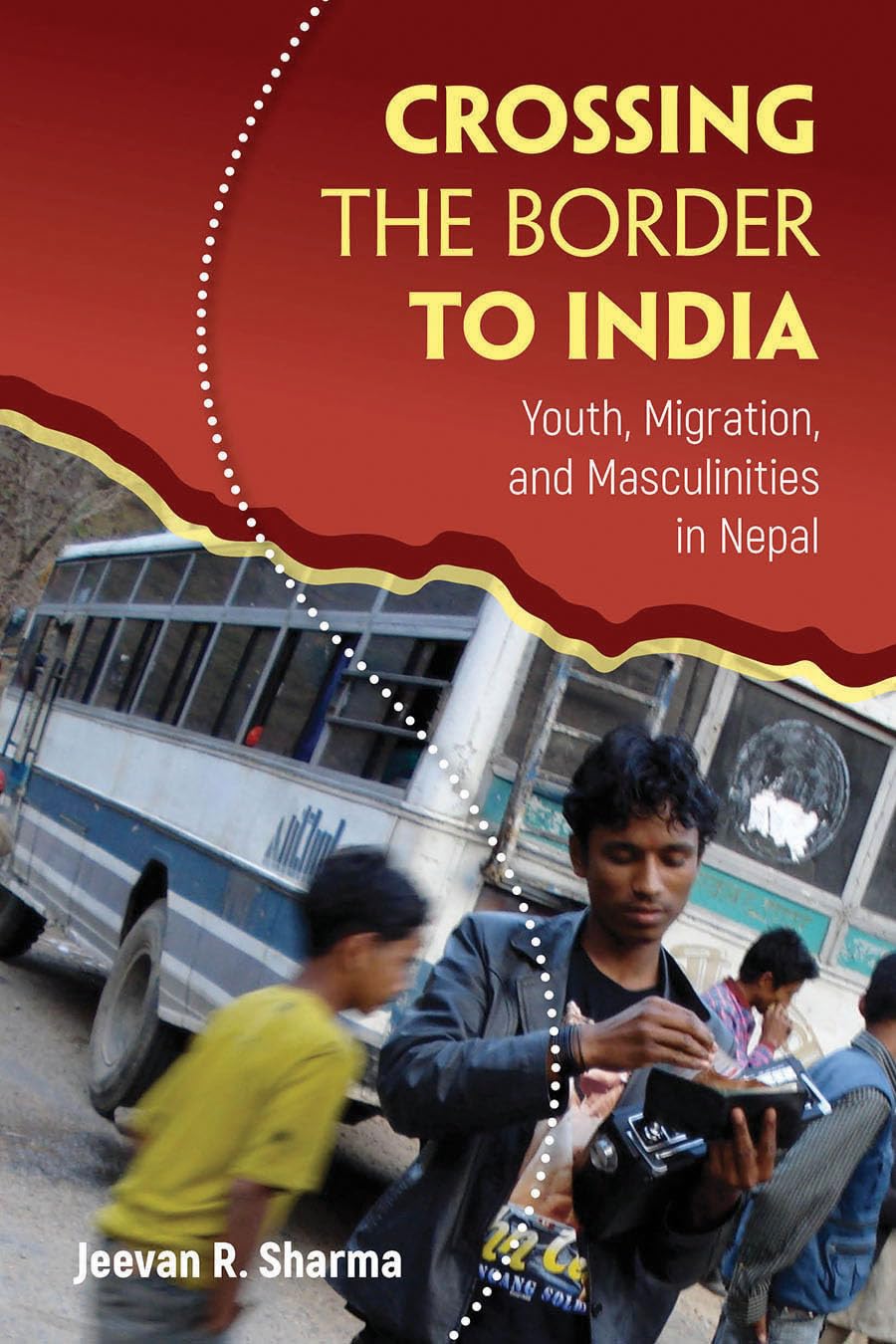Four times as many South Asian children could be exposed to extreme heatwaves in the 2050s – UNICEF

New Delhi – UNICEF has called for urgent measures to include children and young people in national climate policies as its latest analysis highlights the growing impact of climate crises on South Asia. Released during COP 29 in Baku, Azerbaijan, the report projects alarming trends: by 2050, four times as many children will face extreme heatwaves, with significant increases in exposure to floods and wildfires compared to the 2000s.
The region’s 659 million children already face climate-related hazards such as heatwaves, floods, and air pollution, severely disrupting their lives, health, and education. Yet, UNICEF’s mapping reveals that most South Asian countries lack child-sensitive climate policies. Nepal leads the region by explicitly recognizing children’s rights in its Nationally Determined Contributions (NDCs), while others, including India, Pakistan, and Sri Lanka, have made limited progress.
Young voices from the region, like Zunaira Qayyum from Pakistan and Fathimath Raaia Shareef from Maldives, stress the urgency of integrating children into decision-making processes. “We are not just advocating for climate action; we are fighting for survival,” Shareef stated, urging leaders to prioritize their future.
UNICEF is pushing for governments to adopt child-sensitive NDCs by 2025, increase climate financing for children, and ensure disaster management systems are tailored to their needs. “The future of South Asia’s children is at risk unless leaders act now,” said Sanjay Wijesekera, UNICEF’s Regional Director for South Asia.
UNICEF emphasizes that children are not just victims but powerful agents of change, deserving a meaningful role in shaping climate policy. With time running out, the need for decisive action is more critical than ever.


















Facebook Comments